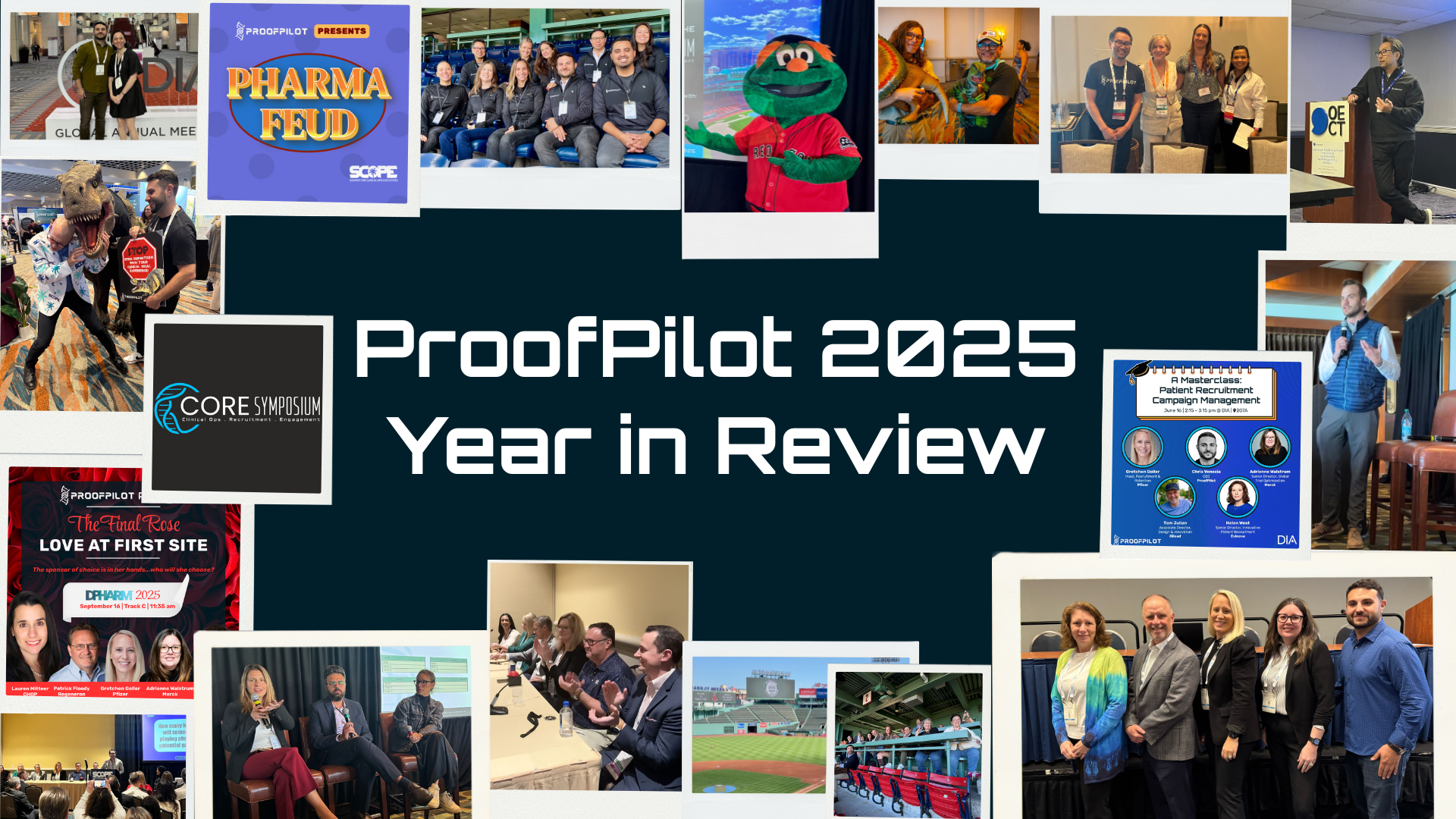Patients are central to the success of clinical trials, yet it's easy to understand how their views, fears, and understanding can assume secondary importance to the science of clinical research development. Designing trials to assess a pharmaceutical intervention immerses researchers in a world of complex statistics, allocation ratios, factorial design, and sample sizes.
Little wonder the individuals participating can become an abstraction, the end participants in an elaborate and rigorously designed construct. In clinical research, an effect known as the "culture of the laboratory" can cause a focus centered on the science rather than on participants. The result is that trials frequently fail to meet their enrolment targets, particularly in hard-to-access populations like octogenarians. Many participants drop out mid-trial, and fewer post-trial follow-ups are successful, leaving gaps in the dataset.
A study in 2016 suggested a need to change the classic relational model of the sponsor/patient relationship, given its "principle of beneficence, which is based on the authority of the physician, (and) may be responsible for the fact that research is performed for patients, but not with them1." The study suggests the traditional model should change to "autonomy and non-maleficence1,” requiring information, trust, and patient participation.
Some pharmaceutical companies have recognized the benefits and engage early with patients during clinical research design. They use presentations, videos, and documents to involve participants and elicit their feedback. These strategies are promising, achieving higher enrollments and improved follow-ups, yet the tactic relies heavily on patient understanding and imagination due to the document-heavy approach.
At ProofPilot, we've long recognized that clinical trials should be carried out with patients, not on them, using questions that balance patient relevance with scientific pertinence. For this reason, we’re excited to announce we’ve partnered with Savvy Cooperative, a patient-owned public benefit co-op delivering patient insights. Between us, we've designed a turnkey product to enable clinical trial sponsors to test and analyze protocol designs digitally.
ProofPilot's digital protocol automation platform allows trial sponsors to create one or multiple protocol workflows for collaboration on design optimization with the Savvy Cooperative community. This revolutionary approach is accessed through a flexible and affordable engagement model, allowing patient collaboration and feedback at scale.
Before a trial goes live, patients can see the user interface planned for studies designed with at-home tasks. The interface facilitates the delivery of culturally competent content based on patient-provided demographic information. It also gives an accurate picture of what's in store for the patient before, during, and after each planned site visit.
Jen Horonjeff is the CEO and Founder of Savvy Cooperative, and believes, "The use of discussions and written words have been a good place to start engaging patients, but it's time the industry leveled up and embraced more digital ways to help patients experience a trial to ensure they fully appreciate what is being asked of them." Jen continues, "Participation in research is a big unknown for patients, even if they've done it before. Each protocol is unique, and it can be hard to imagine what might happen during research and how patients may have to adjust their lives to accommodate it."
I'm excited at yet another example of agile exploitation, using the power of ProofPilot's digital protocol platform to create new models of collaboration while leveraging Savvy Cooperative's unique patient networks to increase diversity and inclusion in pharmaceutical product development and commercialization.

Partnership with Savvy Cooperative patients | ProofPilot
Chris Venezia
RELATED ARTICLES
Admin
|
No One Ever Asked a Sick Child: Rethinking Pediatric Patient Engagement
The success of a clinical trial is often measured with metrics and milestones. But patient advocate...
Joseph Kim, Chief Strategy Officer at ProofPilot
|
Successful Clinical Study Recruitment: No Gorilla Suit Needed
Recruitment of patients and volunteers in clinical research comes from one of two places: either...
Admin
|
The Power of Patient Input in Clinical Trials: Sponsor Success Strategies
There are two sides to every story, as they say. At Patients as Partners in Clinical Research,...



